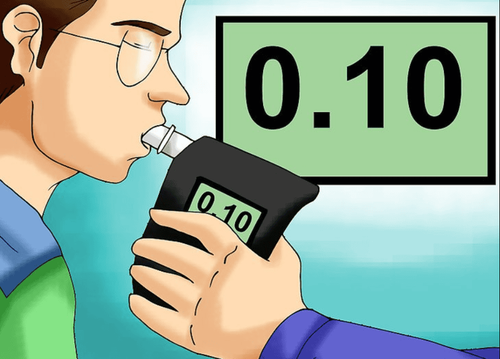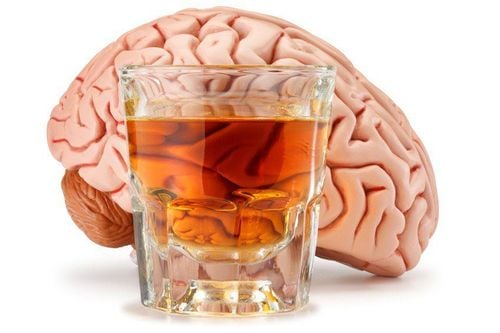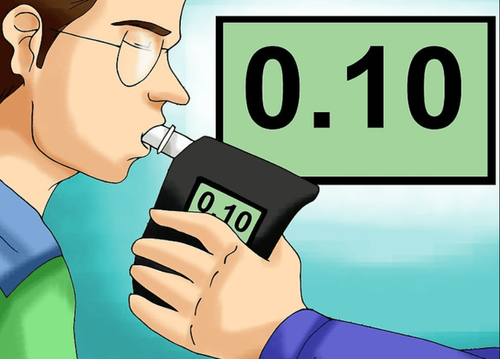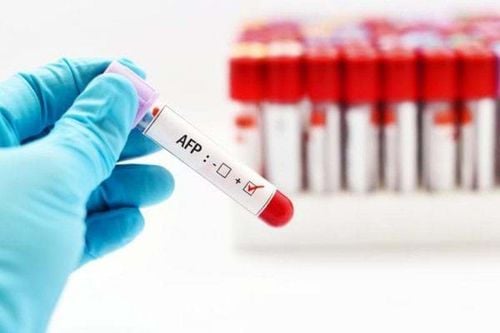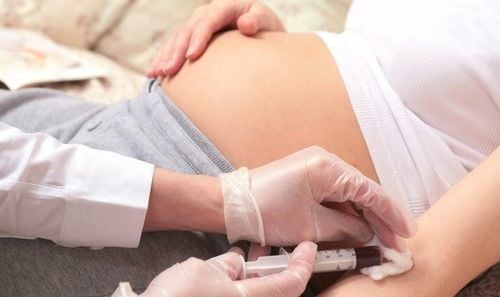This is an automatically translated article.
Blood alcohol testing is often accompanied by blood glucose, complete blood count and electrolytes tests to evaluate some clinical conditions associated with ethanol-induced disorders.
1. How is the quantitative ethanol test performed?
The sample when measuring ethanol will be venous blood taken with the following procedure:
Disinfect the site of venipuncture with an alcohol-free antiseptic solution to avoid falsifying the results; 3mL of venous blood will be drawn into an anticoagulant-free tube or a tube with anticoagulants of Li-Heparin and EDTA. The pipe must meet the standards and the stopper must be tight and tight; Transfer the sample to the laboratory within 30 minutes (if the sample still has legal effects later, the sample needs to be witnessed by someone); Blood is centrifuged immediately to separate serum or plasma and can be stabilized for about 2 days at 15-25°C; Ethanol will be quantified by enzyme kinetics method. It should be noted that blood alcohol test results may be erroneous, increasing when patients take concomitant drugs such as: Barbiturates, diazepam, isoniazid or opiates, tranquilizers...
2. When to measure blood alcohol concentration?
Quantitative blood ethanol test will be done in some cases such as:
Diagnosis of acute diseases related to acute alcohol poisoning; The person who caused the traffic accident while driving needs legal proof of his or her alcohol use status; Evaluation of acute poisoning conditions with increased blood osmolarity gap.
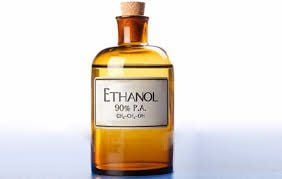
Xét nghiệm đo nồng độ cồn trong máu thường đi kèm với các xét nghiệm glucose máu
3. Results of blood ethanol quantitative test
Blood alcohol concentration usually progresses over time and peaks in 30 minutes- 1 hour and is eliminated after 4-5 hours. Normally, the blood alcohol concentration is equal to 0 mg/dL, when the concentration above 25 mg/dL is considered toxic. In addition, patients may have different symptoms when ethanol levels reach different thresholds as follows:
50 mg/dL: Mild loss of coordination, decreased inhibition; 100 mg/dL: Slow response, altered sensation; 150 mg/dL: Changes in thought processes, changes in behavior and personality; 200 mg/dL: Unsteady gait, vomiting, confusion; 250 mg/dL: Threshold of coma due to alcohol intoxication may occur; 300 mg/dL: Slurred speech, sensory loss, visual disturbances; 400 mg/dL: Hypoglycemia, convulsions, hypothermia; 500 mg/dL: Threshold for probable death; 700 mg/dL: Decrease or loss of reflexes, respiratory failure and loss of consciousness.
Please dial HOTLINE for more information or register for an appointment HERE. Download MyVinmec app to make appointments faster and to manage your bookings easily.




